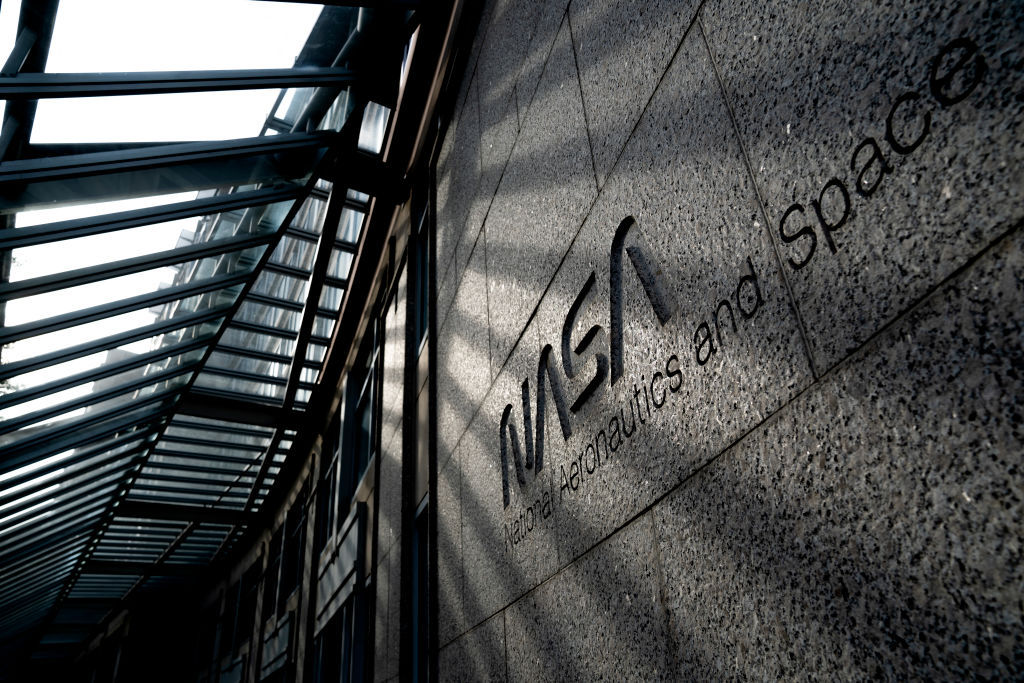

A new open-source artificial intelligence model developed by IBM, NASA, and the Department of Energy’s Oak Ridge National Laboratory could address weather and climate prediction challenges for scientists, developers and businesses.
The new model, Prithvi-WxC, was announced Monday and made available for download on Hugging Face. According to an IBM release, it was trained on 40 years worth of NASA’s earth observation data and can be scaled from local to global uses, which “makes it suited for a range of weather studies.”
“The NASA foundation model will help us produce a tool that people can use: weather, seasonal, and climate projections to help inform decisions on how to prepare, respond, and mitigate,” Karen St. Germain, director of the Earth Science Division of NASA’s Science Mission Directorate, said in a statement included in the release.
Prithvi-WxC builds upon an existing collaboration between IBM and NASA, adding to other geospatial foundation models in what’s known as the “Prithvi” family. Last year, NASA and IBM released the Prithvi geospatial AI foundation model, which was also made available for download on Hugging Face. Prithvi is the Sanskrit word for Earth, per a NASA blog about the work.
That model, according to the IBM release, has since been used by the public and private sector to “examine changes in disaster patterns, biodiversity, land use, and other geophysical processes.”
The new model was released in two versions Monday: one aimed at climate and weather data “downscaling” and the other aimed at gravity wave parameterization.
The downscaling model is designed to help infer “high-resolution outputs from low-resolution variables,” which is a common practice in meteorology. According to the release, the model can depict that data at up to 12 times the resolution, aiding forecasts and climate projections.
Meanwhile the gravity wave model is designed to help scientists better estimate gravity wave generation, which can impact climate and weather patterns but haven’t been “sufficiently captured” in existing numerical models.
“This space has seen the emergence of large AI models that focus on a fixed dataset and single use case — primarily forecasting. We have designed our weather and climate foundation model to go beyond such limitations so that it can be tuned to a variety of inputs and uses,” Juan Bernabe-Moreno, director of IBM Research Europe for Ireland and the United Kingdom and IBM’s accelerated discovery lead for climate and sustainability, said in a statement in the release.
Already, the Canadian government’s environmental policy department, Environment and Climate Change Canada, has tested the model’s flexibility with weather forecasting use cases, according to the release.
“With the model, ECCC is exploring very short-term precipitation forecasts using a technique called precipitation nowcasting that ingests real-time radar data as input. The team is also testing the downscaling approach from global model forecasts at 15 km to km-scale resolution,” the release said.
According to a NASA blog post, efforts began on Prithvi-WxC in September 2023 at a workshop held at NASA’s Marshall Space Flight Center in Alabama. There, researchers from NASA, IBM, Oak Ridge, Nvidia and several universities plotted the next six-to-eight months of development work. As part of that work, the team decided the focus should enable various scientific applications rather than forecasting alone, the blog said.







